Madhuri Dixit The Journey of a Queer Icon - From Dancing Diva to Symbol of Strength and Acceptance
Author Name : Bhavya Bagga | Date : 29-06-2023
Madhuri Dixit, also known as the "Dhak Dhak girl" of Bollywood, has charmed audiences for decades with her mesmerizing dance moves and captivating performances. However, her journey to becoming a queer icon in the Indian cinema industry was not a smooth one. For years, Bollywood and cinema as a whole did not treat its queer characters with respect, often ridiculing them for comic effect or turning them into villains. But how did Madhuri Dixit become a queer icon in her own merit, even before playing an overtly queer role in Maja Ma?
Madhuri Dixit's journey towards becoming a queer icon began with her portrayal of the female lead in the 1991 film, Dil. The movie, which is considered a cult classic today, featured Madhuri Dixit as a young woman who falls in love with a man from a lower social class. The movie not only dealt with issues of class and privilege but also hinted at the possibility of same-sex attraction between the female protagonist and one of her friends.
<p><img src="https://theinformania.com/admin/image/blogimage/Madhuri Dixit The Journey of a Queer Icon - From Dancing Diva to Symbol of Strength and Acceptance2.png"><br></p>
Madhuri Dixit's performance in Dil struck a chord with audiences, especially the queer community, who identified with her character's feelings of longing and desire. This was followed by her iconic role in the 1993 movie, Khalnayak, where she played a police officer trying to capture an escaped convict. While the movie was not about queer love, her character's strong and assertive personality resonated with the queer community. Madhuri Dixit's portrayal of these complex characters helped her build a loyal following of queer fans who saw her as a symbol of strength and rebellion.
Madhuri Dixit continued to win the hearts of the queer community with her subsequent roles in films like Beta, Hum Apke Hain Koun, and Tezaab. Her role as a woman who stands up against her father's wishes to marry the person she loves in Beta struck a chord with the queer community, who saw it as a story of overcoming societal norms and expectations. In Hum Apke Hain Koun, her character's strong friendship with another woman sparked discussions about the possibility of queer love in Bollywood films. And in Tezaab, her portrayal of a young woman caught between the love of two men, once again hinted at the possibility of same-sex attraction.
Madhuri Dixit's impact on the queer community continued to grow with her dance performances, which were often characterized by sensuality and fluidity of movement. Her dances in movies like Dil To Pagal Hai and Devdas, which were filled with romantic and erotic undertones, resonated deeply with the queer community. Many queer fans began to emulate her dance moves, using them as a form of self-expression and liberation.
Today, Madhuri Dixit is considered a queer icon in the Indian cinema industry, not only for her portrayal of complex female characters but also for her unabashed sensuality and fluidity of movement. Her impact on the queer community continues to grow, as more and more people look up to her as a symbol of strength, courage, and acceptance.
Madhuri Dixit's journey towards becoming a queer icon is proof that representation matters, and that cinema has the power to shape our perceptions and attitudes towards marginalized communities. As we continue to strive towards a more inclusive and accepting society, Madhuri Dixit's legacy serves as an inspiration to us all.
Related Posts
-
2/6/2023 11:29
Short Videos/Reels: New way of Entertainment
-
2/6/2023 15:31
Gone Before: Celebrities Who Died Young
-
3/6/2023 11:18
Salman Khan to Host Bigg Boss OTT 2
-
3/6/2023 11:20
Salman Khan Completes Shoot of Tiger 3
-
3/6/2023 11:25
Om Shanti Om actor Nitesh Pandey dies, aged 51
-
3/6/2023 11:55
Slum Princess of India
-
3/6/2023 12:07
The Kerala Story: Controversy in Bengal
-
3/6/2023 12:21
Top earning movies so far in 2023
-
5/6/2023 11:30
Underrated Thriller Movies on Netflix
-
5/6/2023 11:50
Top 10 horror movies to add in your list
-
5/6/2023 11:57
Top 10 all-time Bollywood movies in India
-
8/6/2023 16:01
Ashneer Grover: gang leader in Roadies 19?
-
8/6/2023 16:34
King to perform in the Closing Ceremony of IPL 2023
-
8/6/2023 16:56
Our Olympic Medallist getting treated very badly
-
8/6/2023 17:00
One year to Sidhu Moosewala death.
-
8/6/2023 17:49
Sara and Vicky at Narendra Modi Stadium
-
9/6/2023 12:04
Ziva seen praying for his father team goes viral
-
9/6/2023 12:05
Zara Hatke Zara Bachke to be released on 2nd June
-
9/6/2023 12:14
Virat Kohli hits 250 million followers on Instagram
-
10/6/2023 15:57
A 16 year old Brutally stabbed by a boy in Delhi
-
10/6/2023 16:16
Hazardous Accident of 3 trains near Balasore.
-
10/6/2023 17:23
Wrestlers still protesting to get the Justice
-
13/06/2023 15:55
Ahmednagar to be Renamed Ahilya Nagar
-
13/06/2023 15:58
Al Pacino, 83, to Become Father Again
-
13/06/2023 16:04
Balasore Train Accident A Tragedy of Epic Proportions
-
14/06/2023 14:51
Downfall of TikTok by Carryminati
-
14/06/2023 15:33
Do Astrology Really Affects your Life
-
14/06/2023 15:39
Protest by Wrestler Brij Bhushan Singh
-
14/06/2023 15:51
Hijab Ban Case in Karnataka High Court Decision
-
14/06/2023 16:11
The Kashmir Files A drastic blockbuster
-
14/06/2023 16:21
Who Killed a 16-year-old in Delhi? Delhi Shahbad Case
-
14/06/2023 16:51
What is Same Sex Marriage Policy in India?
-
21/06/2023 11:24
Adipurush to be released today in the theatres
-
21/06/2023 11:27
Adipurush box office collection day 1
-
21/06/2023 11:30
Adipurush is not looking like the story of Ramayana
-
21/06/2023 13:02:37
KGF 3- What will be the mystery in upcoming part
-
21/06/2023 13:04:55
OMG 2- Akshay reveals the release date
-
21/06/2023 13:35:51
Ramanand sagar Ramayana is trending
-
21/06/2023 15:15:50
The Pre-Teaser of Animal is just Blistering
-
21/06/2023 15:21:02
Zara Hatke Zara Bachke Box Office Collection
-
27/06/2023 10:58:32
The blockbuster coming of Adipurush with some negative comments
-
27/06/2023 11:33:00
14-Year-Old Indian-Origin Boy Dev Shah Wins Spelling Bee Competition
-
27/06/2023 12:29:58
San Diego DJ creates his own country named “Slowjamastan”
-
27/06/2023 12:48:35
Yogi Govt May Ban Consumption of Meat And Alcohol in Ayodhya
-
27/06/2023 14:34:11
Controversy on Outfit of Urfi Javed: why?
-
27/06/2023 14:46:10
The Success Story of Middle-Class Indian Girl
-
27/06/2023 14:52:12
The Spiraling Journey of Honey Singh: Exploring the Alcoholic Trend
-
27/06/2023 18:44:56
Kusha Kapila Separates her ways from her Husband
-
29/06/2023 12:06:34
Experience the Magic of Ayurvedic Hair Oil for Healthy Hair and Skin
-
29/06/2023 13:14:10
Shilpa Shettys Home Robbery Sparks Concern for Residential Security
-
29/06/2023 14:36:10
g
-
29/06/2023 16:49:27
The real story of Annabelle Is the movie true?
-
29/06/2023 17:24:17
Highest paid TV actress Anupama
-
29/06/2023 17:25:38
Bageshwar baba is in controversy for triggering Hindus?
-
29/06/2023 17:35:00
People are waiting for the release of Fukrey3
-
29/06/2023 17:39:04
People are waiting for Pushpa 2 release, after the announcement
-
30/06/2023 11:42:14
Alia Bhatt and Gucci Team Up for an Indian Ad Campaign in 2023
-
30/06/2023 12:49:21
Bollywood's Astonishing Fitness Journeys for the Big Screen
-
30/06/2023 13:32:12
Unmasking Bollywood's Mental Health Warriors
-
30/06/2023 14:36:11
The Envy-Inducing Body and Timeless Style of Sushmita Sen
-
30/06/2023 15:21:59
Enter the Gripping World of Choose or Die
-
30/06/2023 15:33:19
Inspiring Transformations of Top Bollywood Actresses
-
30/06/2023 16:18:02
Krishna Shroff Inspiring Fitness Journey and Building a Legacy in MMA

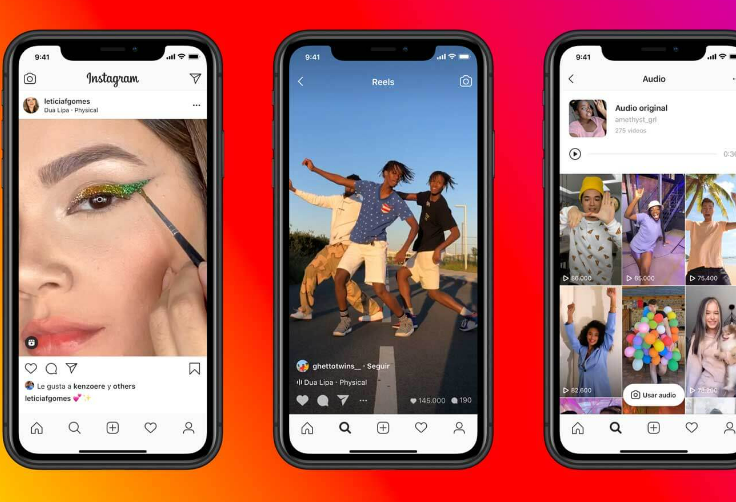










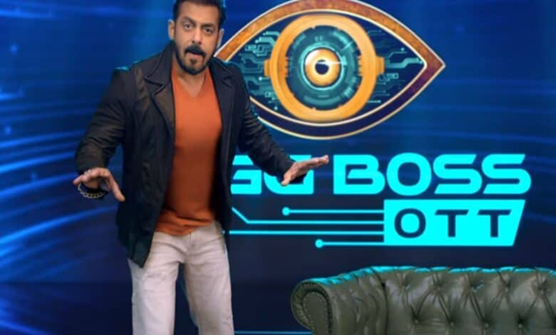




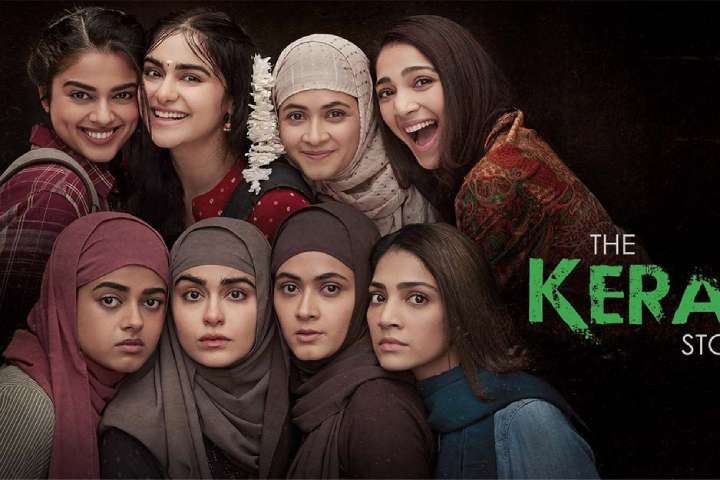
.png)
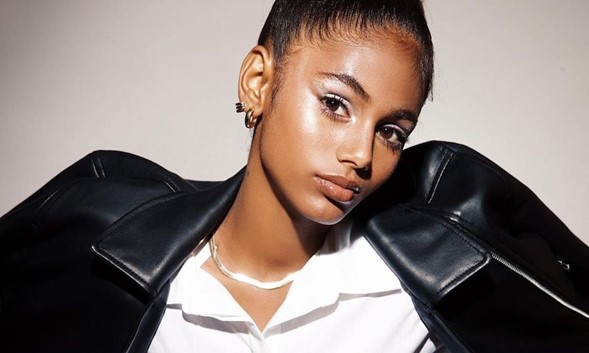




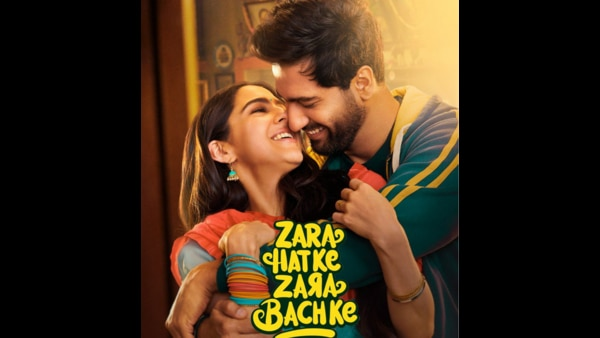






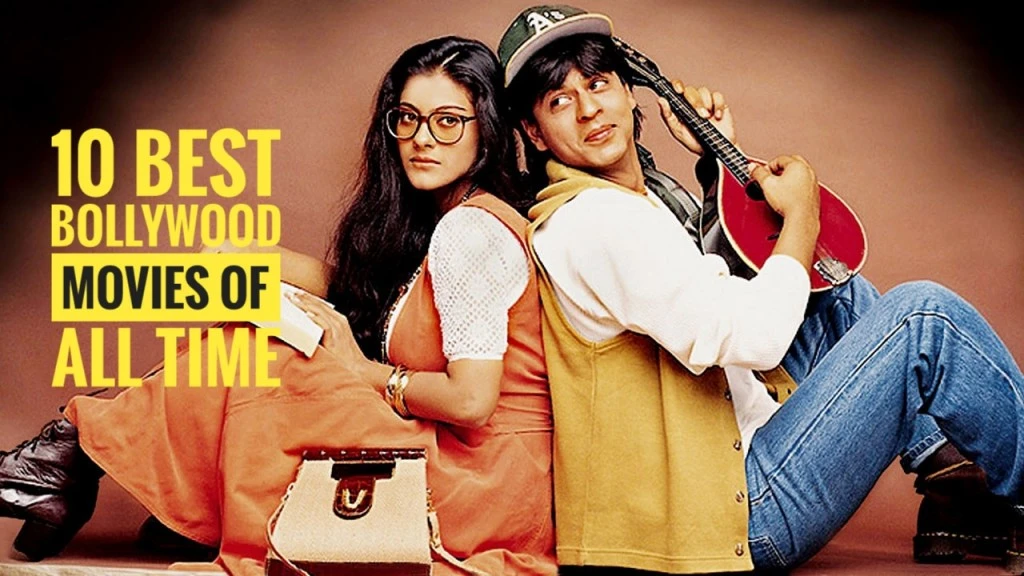











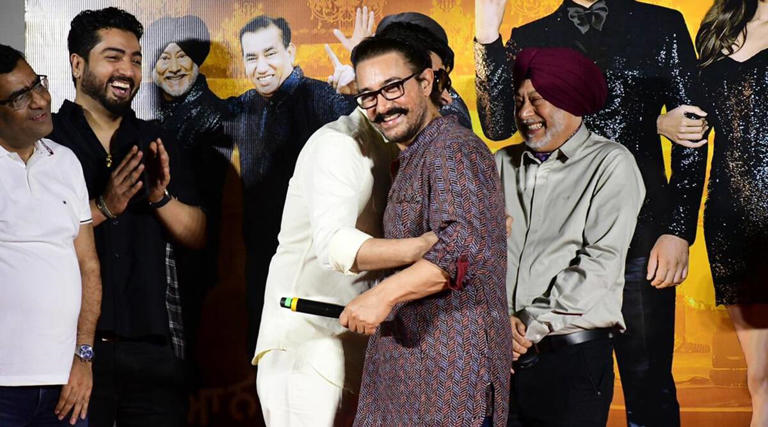




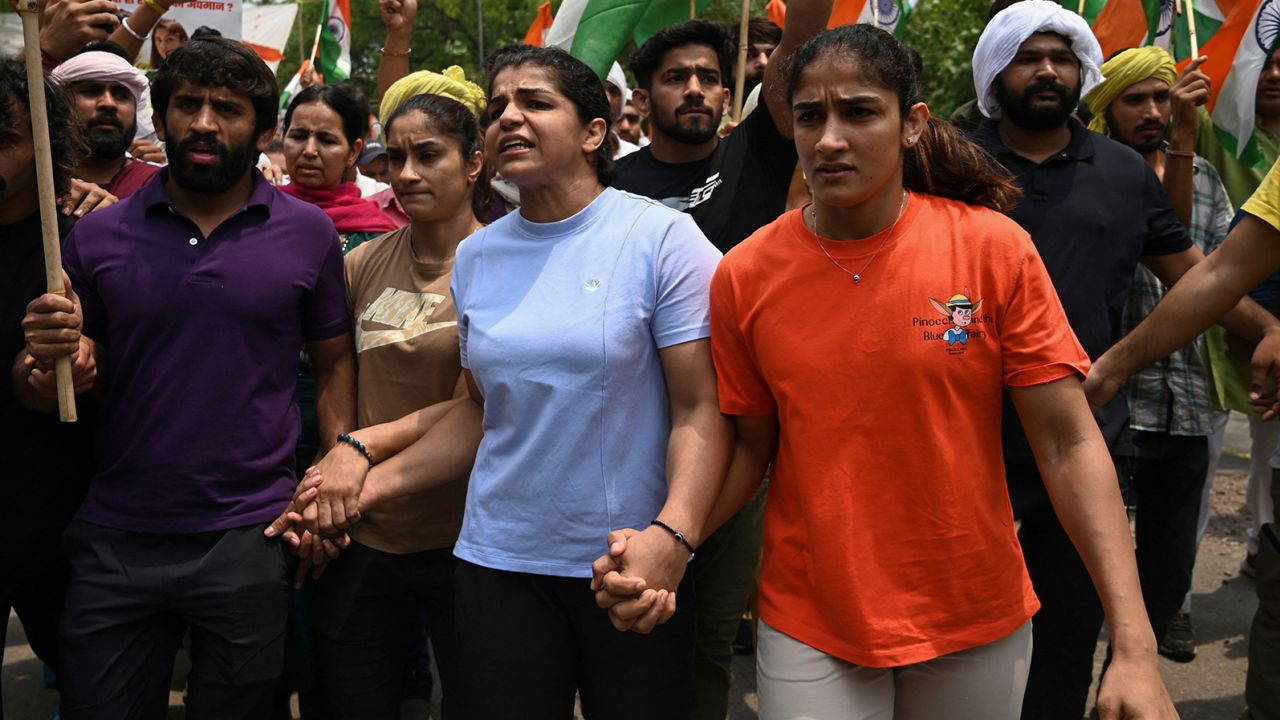

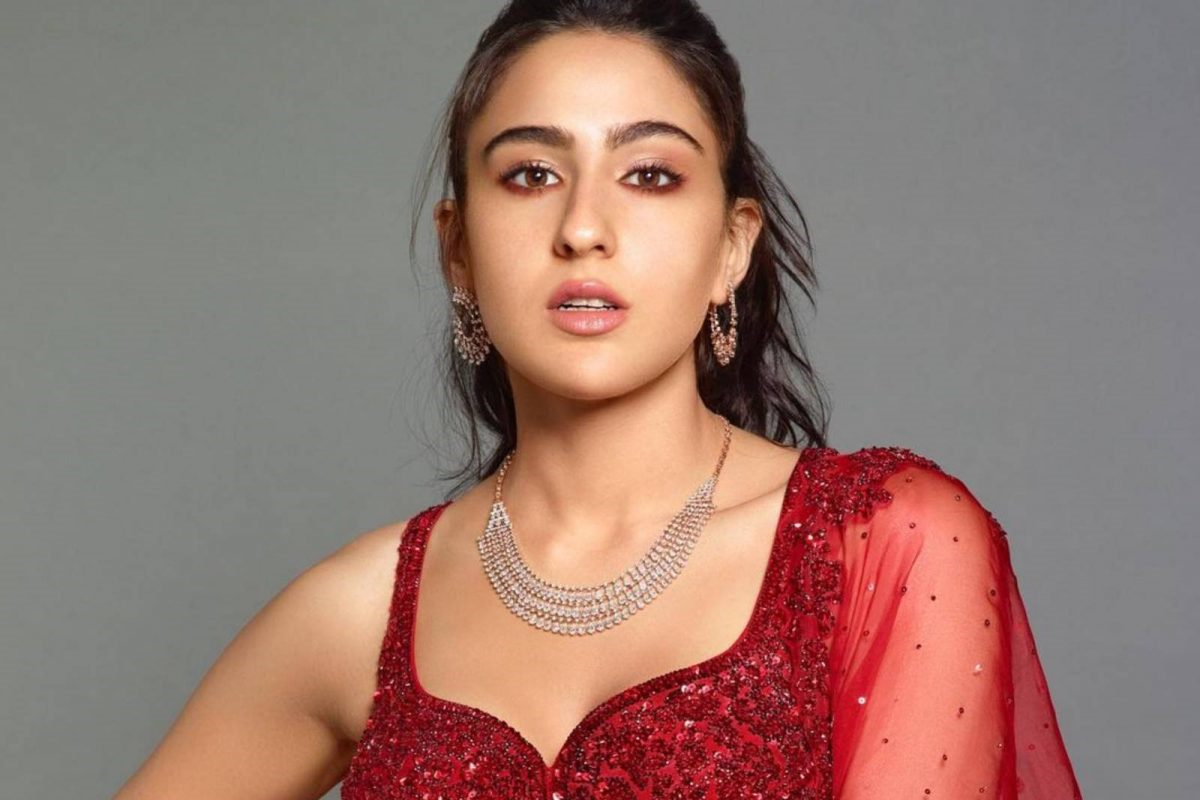








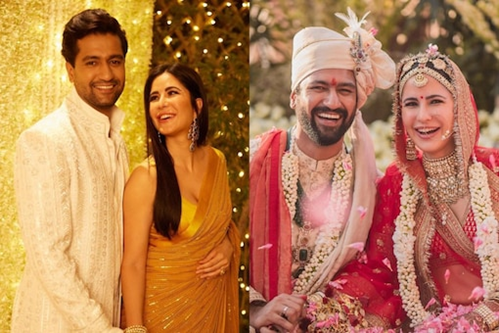







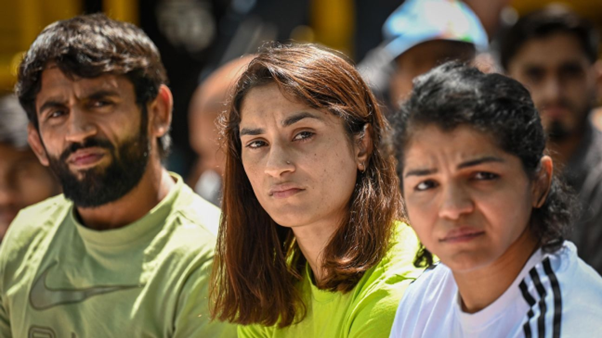

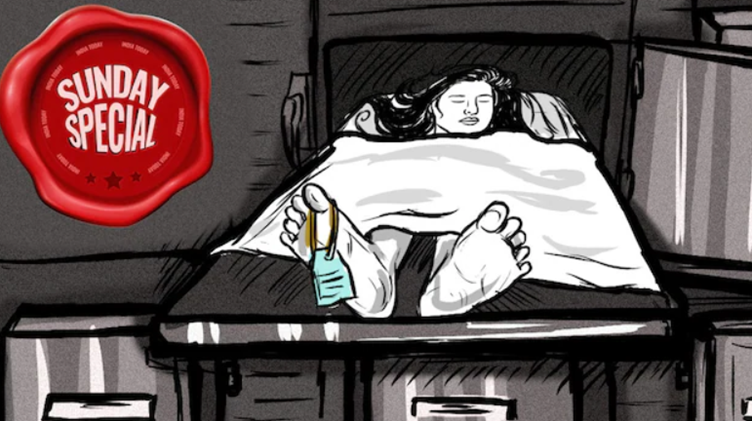

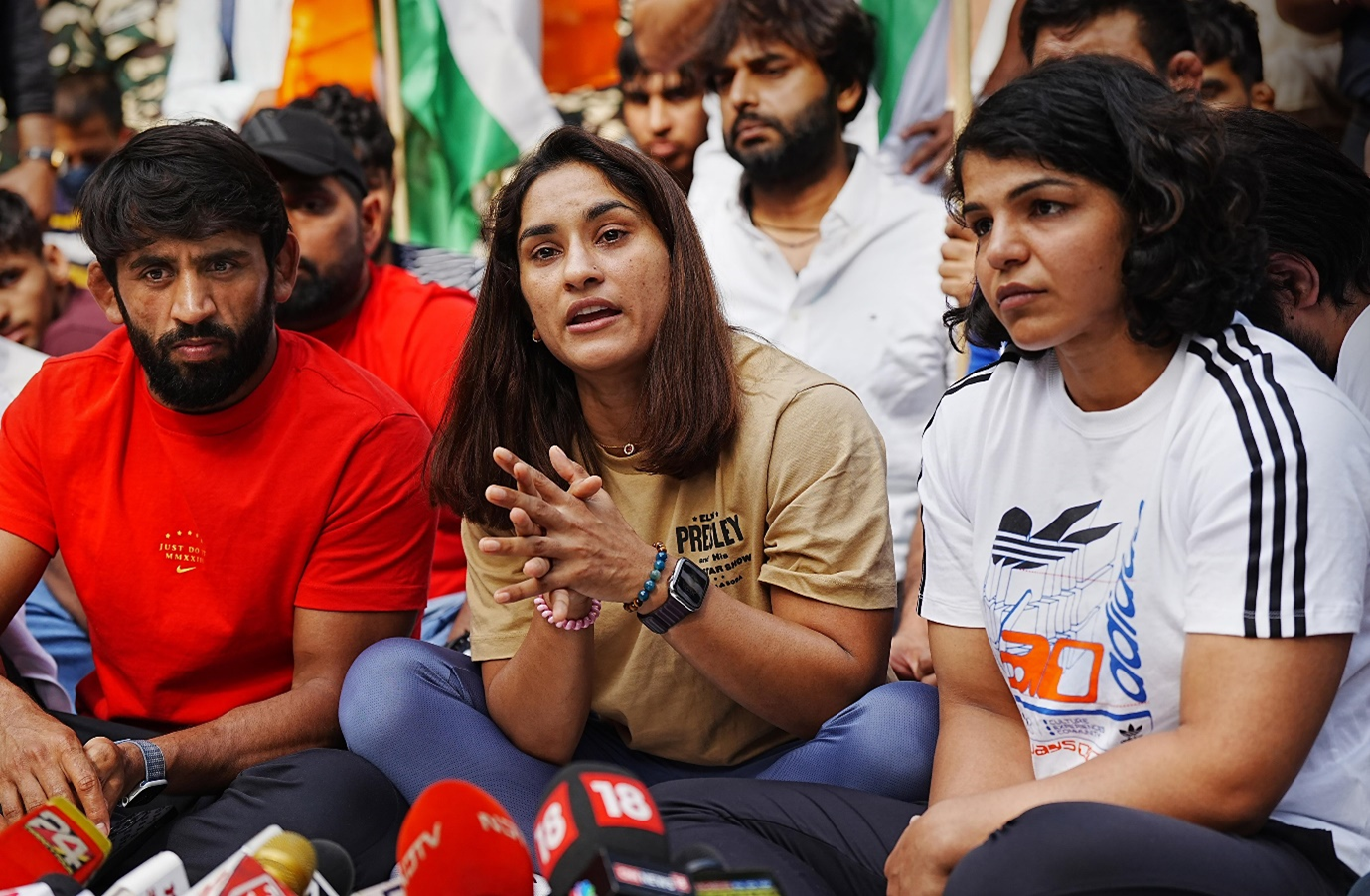

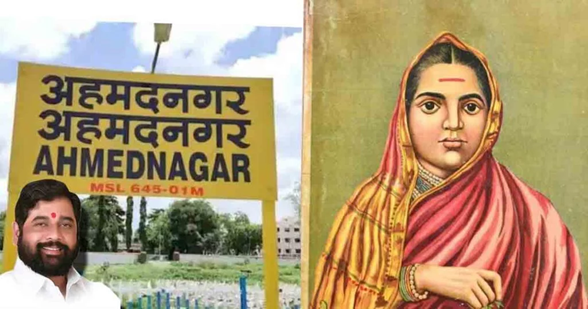




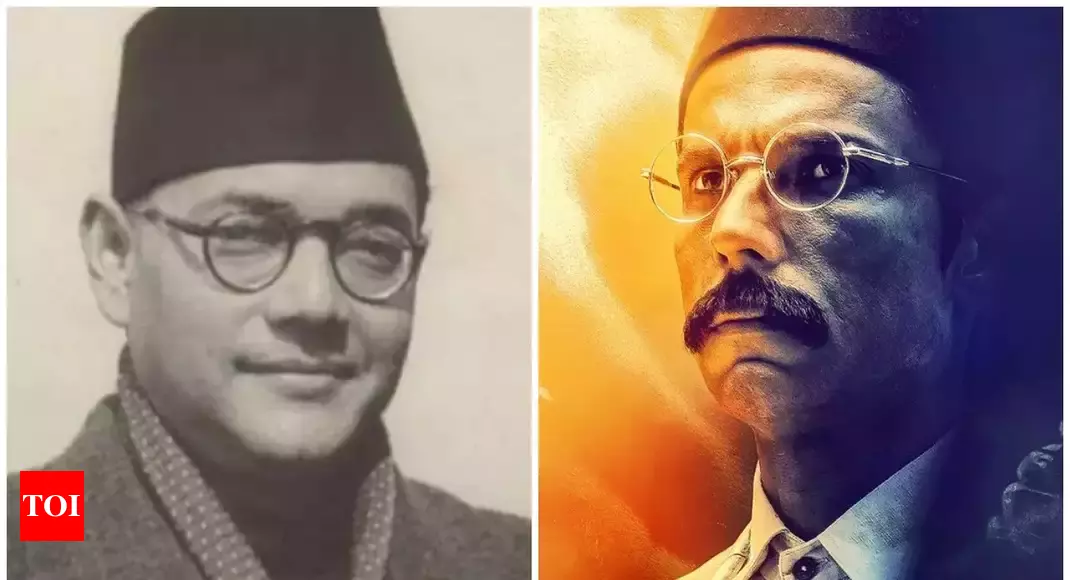

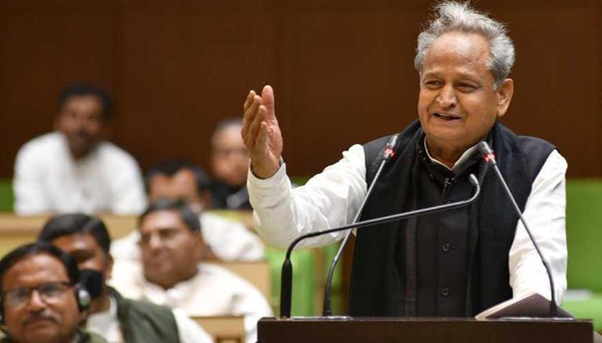





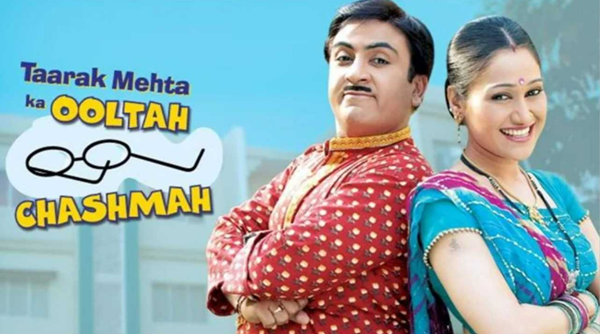






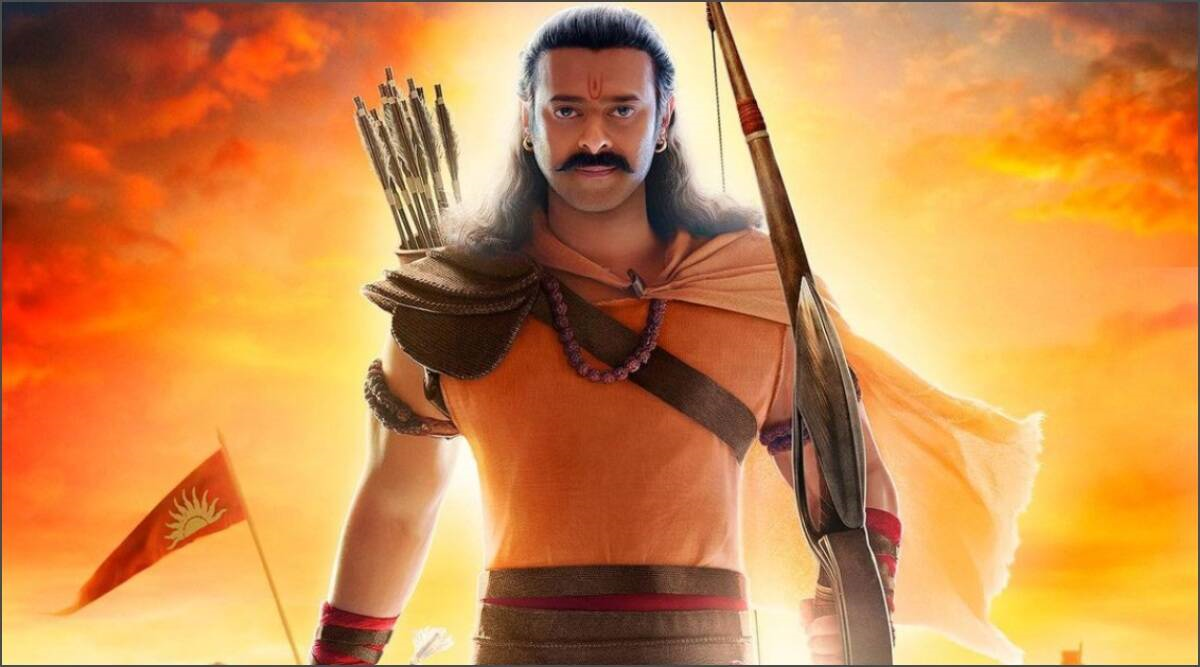
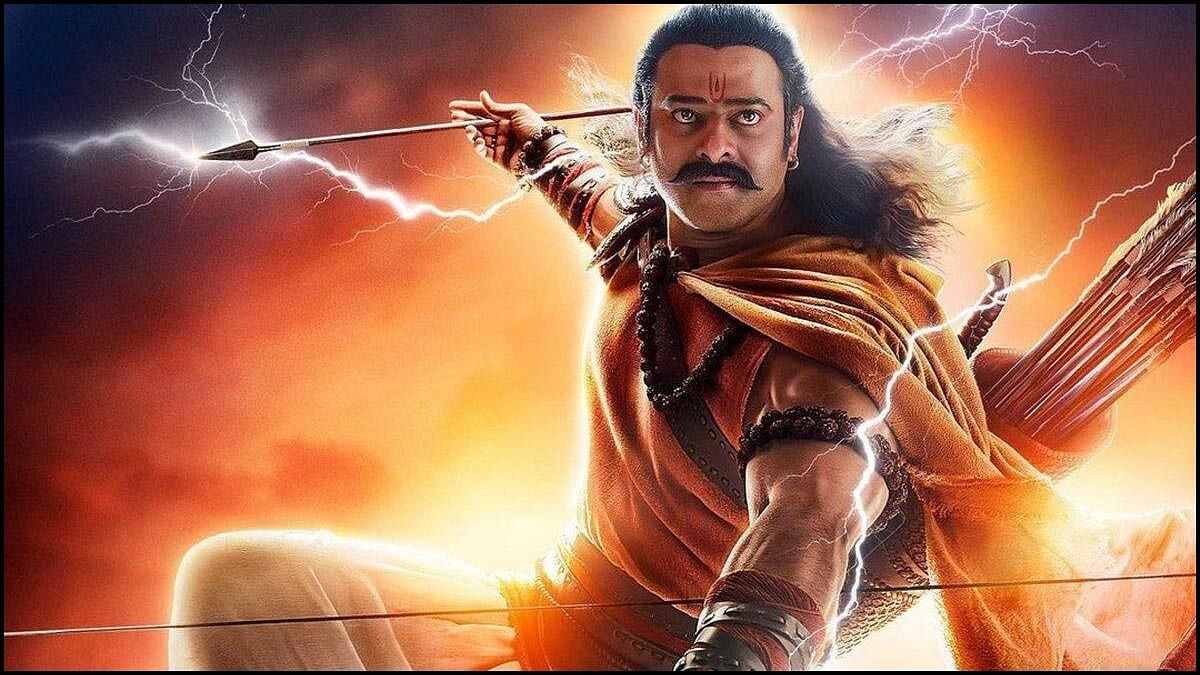
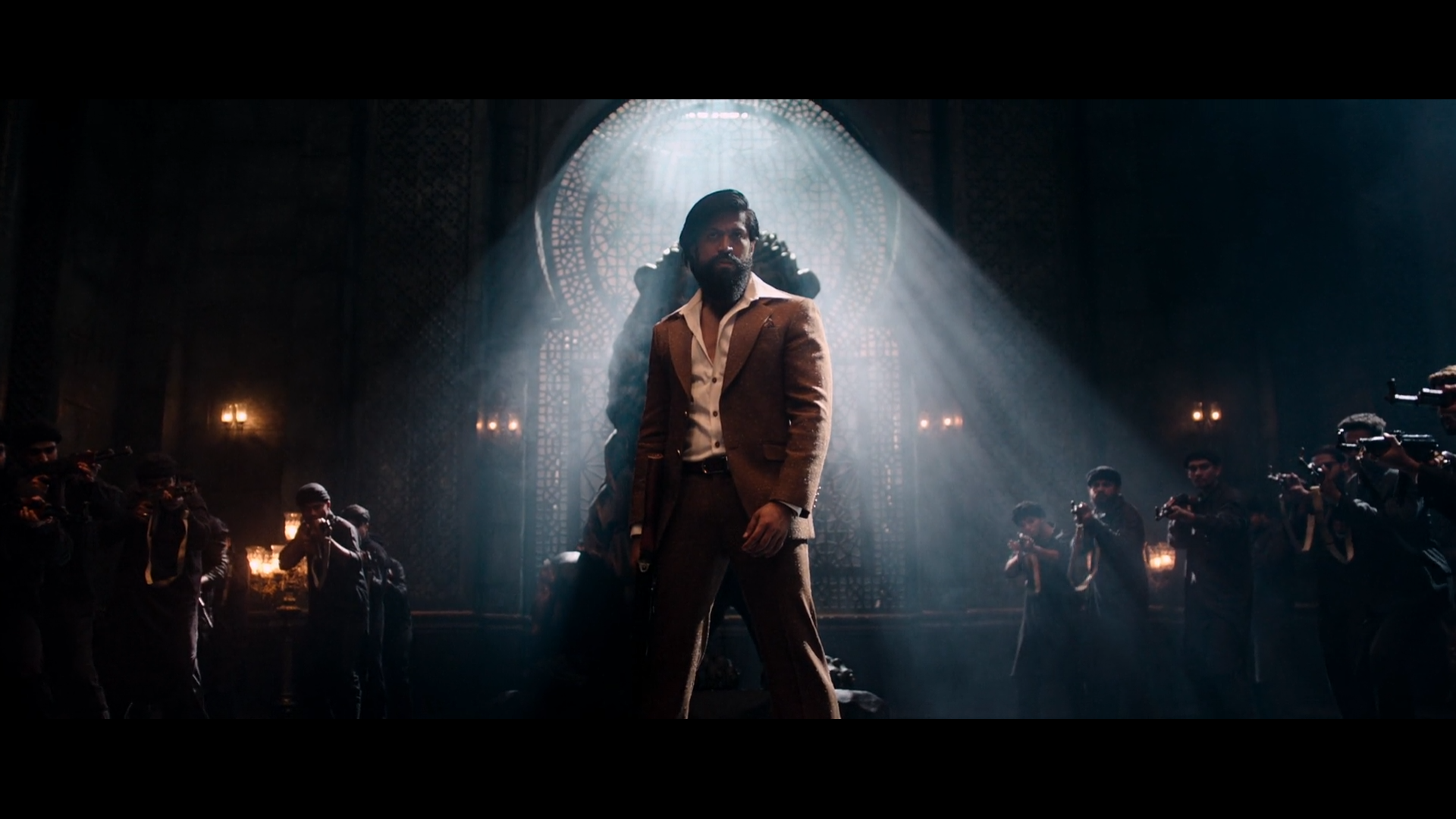
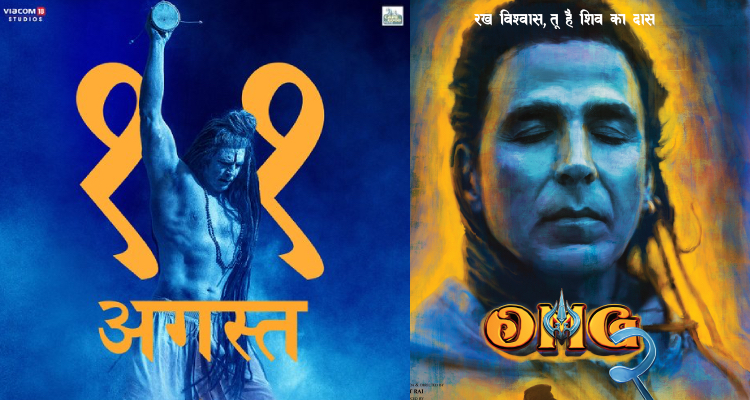
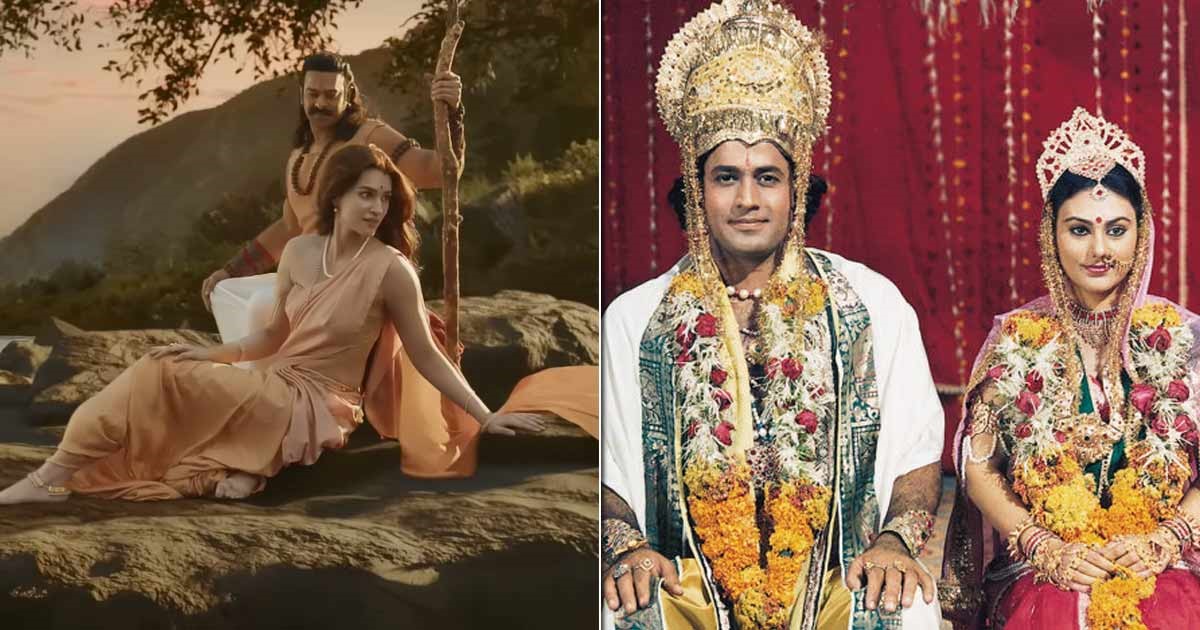








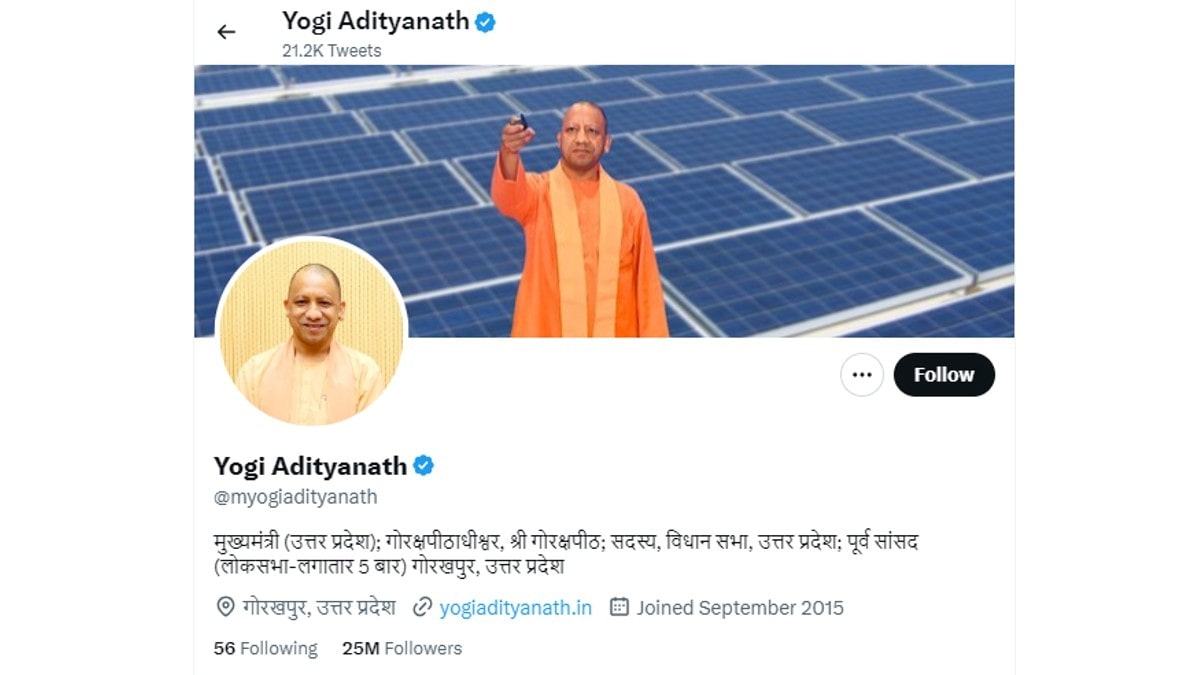
















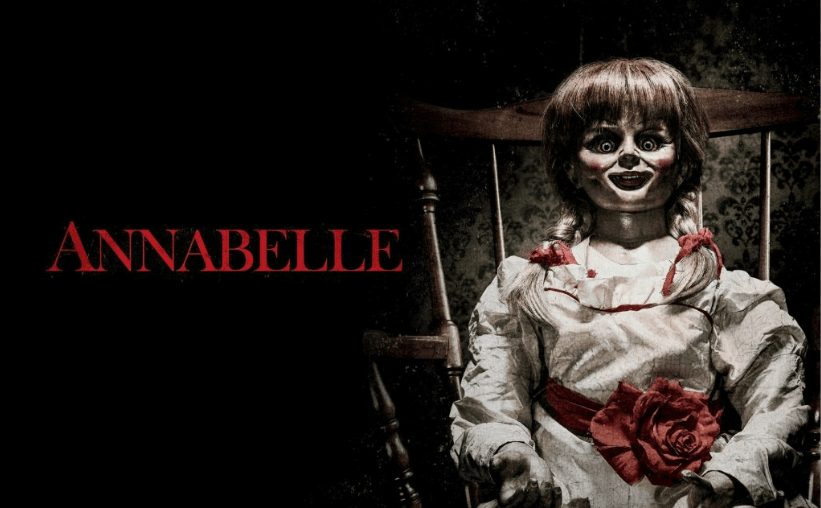
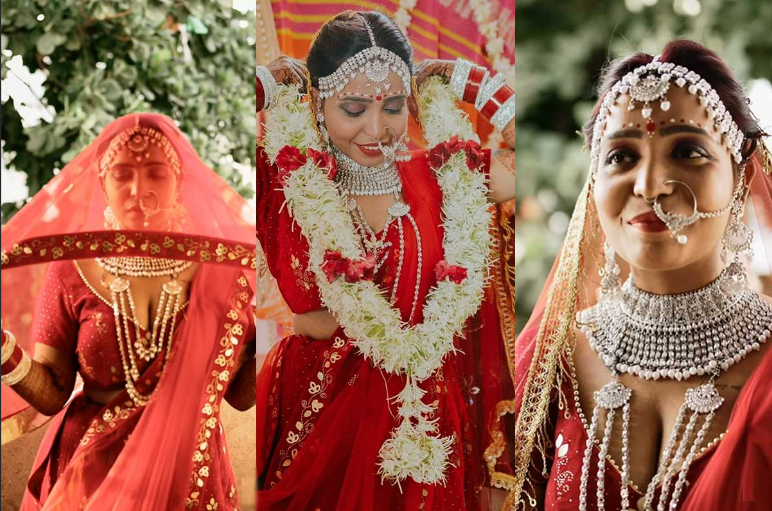
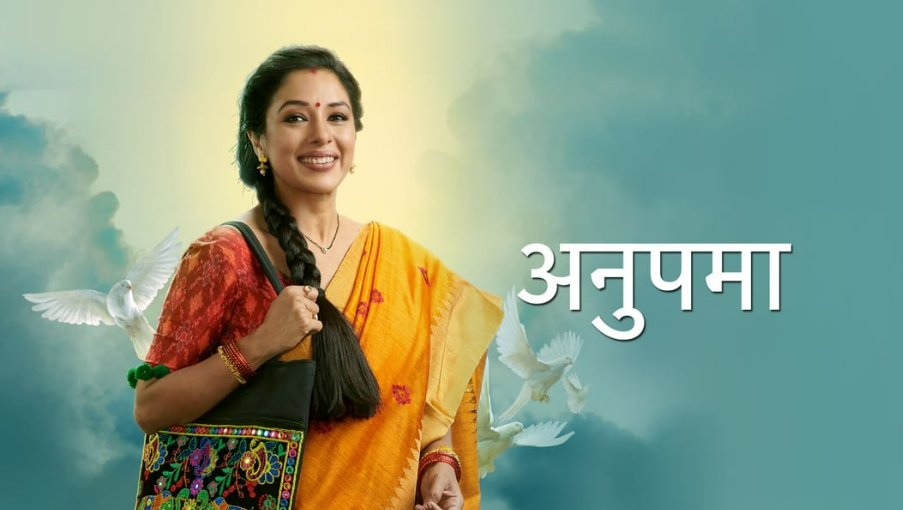

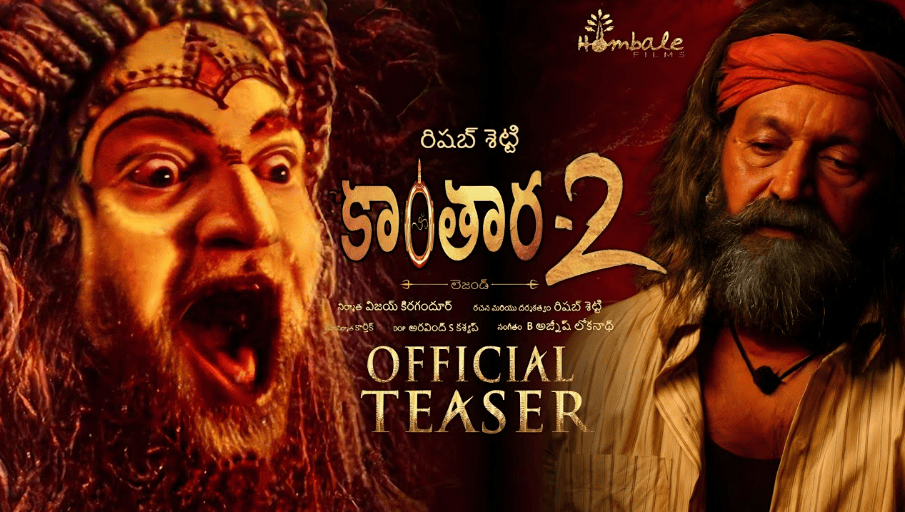

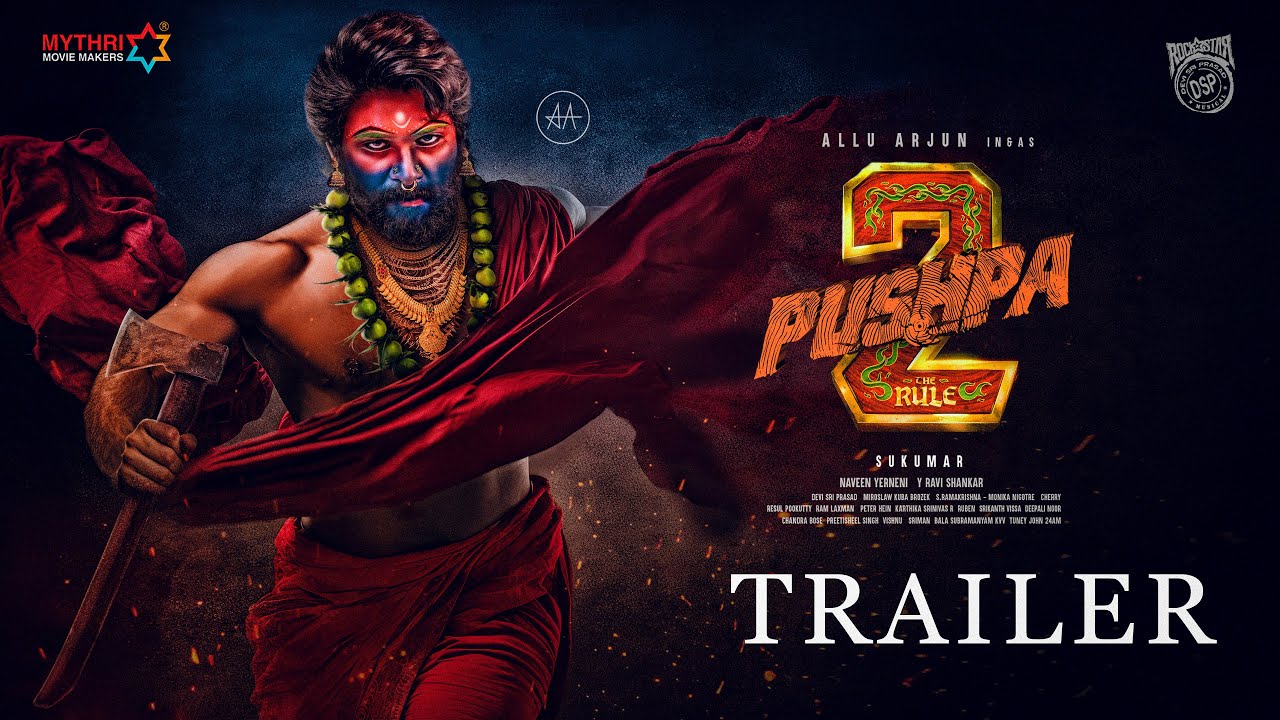


.png)

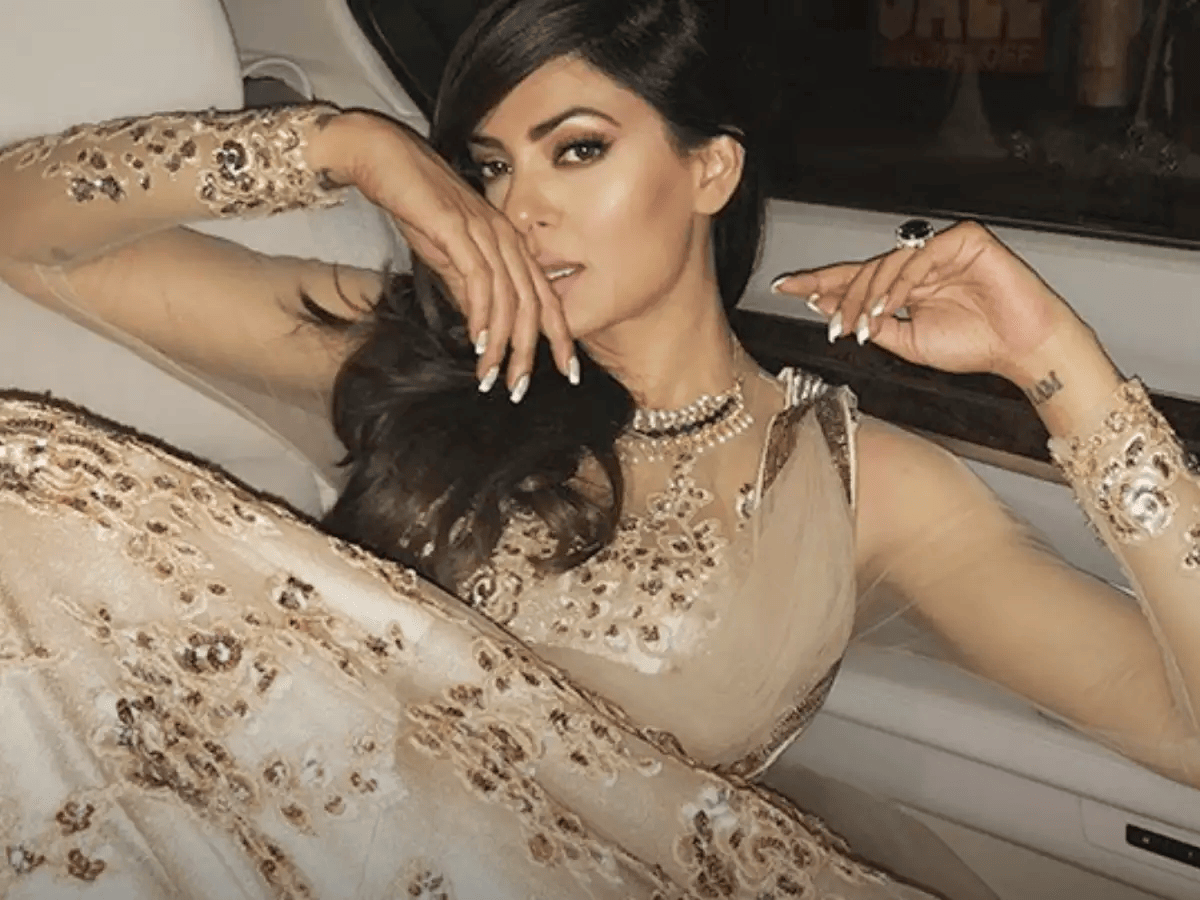

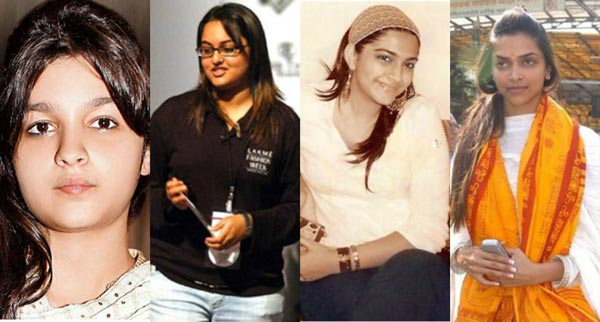

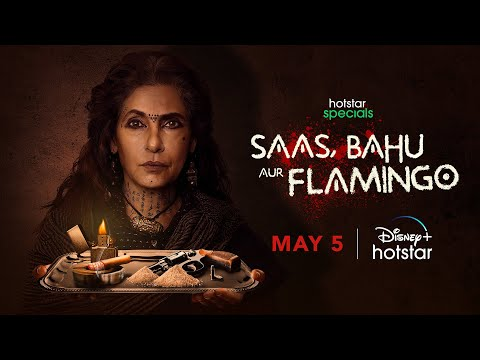




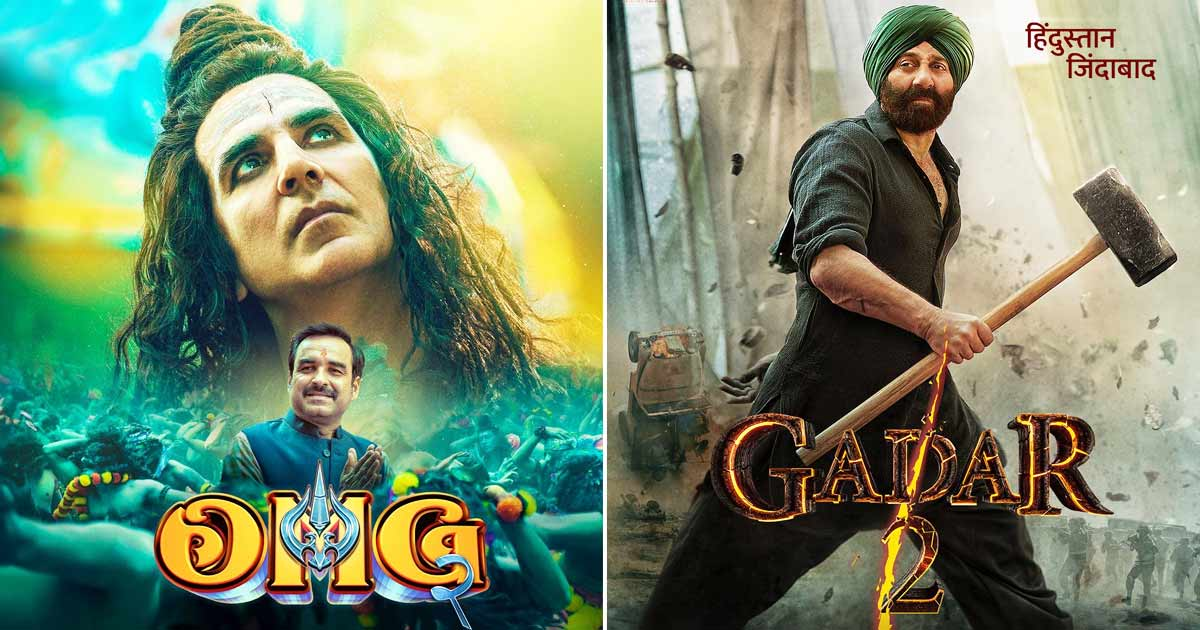







 and Student(HARDIK)11.jpg)